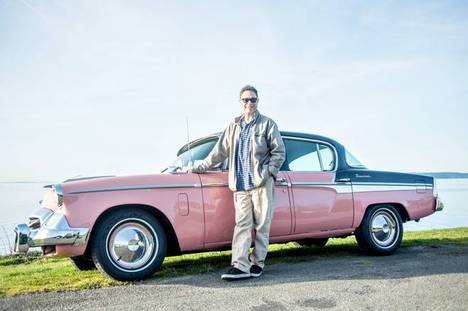(p. 301) The pieces of a new dream had finally been drawn in–big, diverse businesses that could combine as a sum greater than the proverbial parts. Now Sears could continue to “democratize” products that were previously too expensive or sophisticated for everyday people.
The automatic washing machine was an artifact owned only by the rich until Sears democratized the machine in 1942: $37.95–three bucks down and four more a month on time. The process was at the core of the entire industrial revolution-the humbling of products: buckles, buttons, and beer–and the efficient distribution of previously unattainable things to the huge pools of human desire called markets. Now the possibility stood before them of starting the cycle all over again.
Sears could spin a grand, gilded net for the people that included housing, mortgages, all manner of insurance, variations on banking sources, investment services, and, of course, consumer goods. People could get a house from Sears again. When the system was up and running, they could even get the money to buy the house; get the stuff that goes in the house; and the services that ensure the sustenance of the house if something unforeseen happens.
Source:
Katz, Donald R. The Big Store: Inside the Crisis and Revolution at Sears. New York: Viking Adult, 1987.


